- AI Fire
- Posts
- ✨ 7 AI Skills To Make You Rich In 2025: A Practical Guide
✨ 7 AI Skills To Make You Rich In 2025: A Practical Guide
Your complete roadmap to earning with AI in 2025. Master 7 crucial skills from design to development and solve real business problems for premium pay.
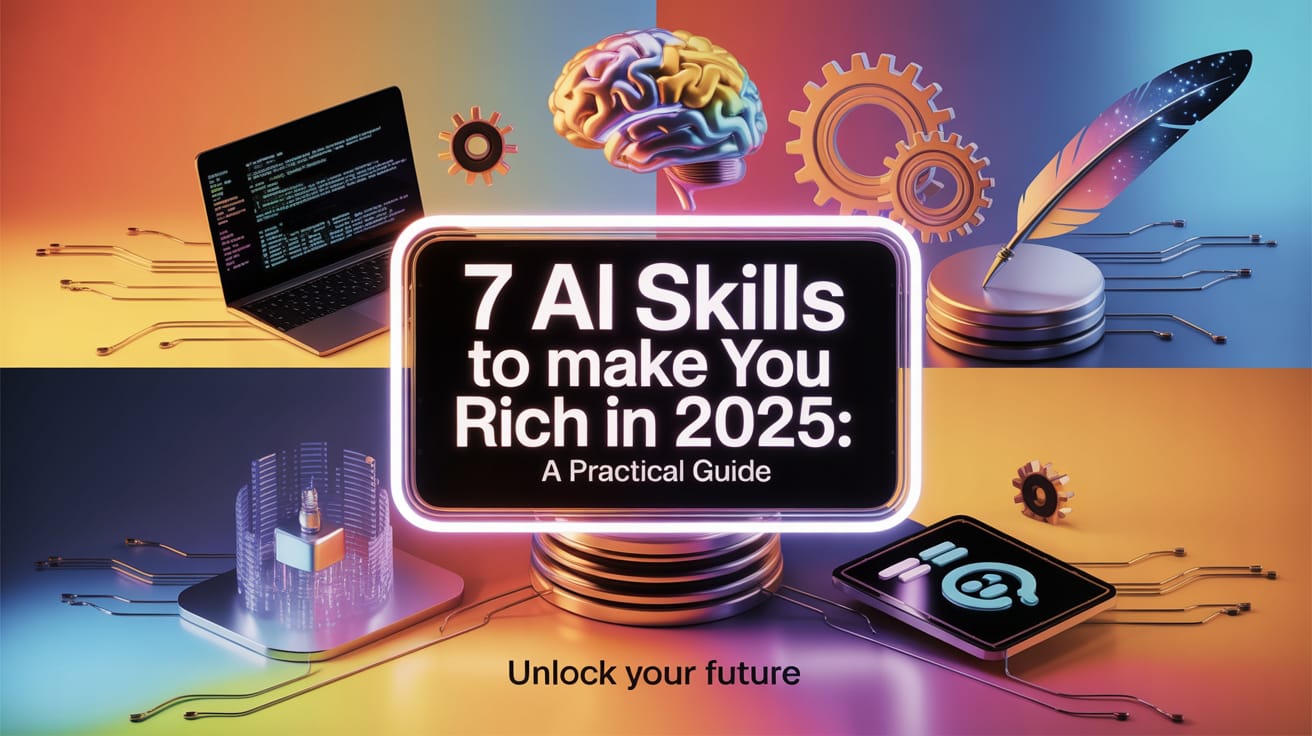
Quick Poll: What's your main goal with AI in 2025? |
Table of Contents
Introduction: The New Era Of Intelligence And Wealth
In today's ever-changing digital world, Artificial Intelligence (AI) is profoundly reshaping how we work, create, and make money. We hear about new AI breakthroughs almost daily, but the vast majority of people only engage with it on a superficial level, out of curiosity. Very few truly understand how to leverage the power of AI to generate a sustainable and significant income.

This article is not another shallow summary. It is an in-depth guide that analyzes seven essential AI skills that can help you create real value and earn a worthy income in 2025 and beyond. We will dive deep into the practical skills that businesses are desperately seeking and willing to pay premium rates for. Whether you're nurturing a business idea or looking to elevate your career, mastering these skills will create a huge gap between you and those who merely use AI for basic tasks.
Get ready to discover the path to transforming AI from an interesting tool into a wealth-generation engine.
Skill #1: Prompt Engineering
Why Is This The Foundational Skill?
If you think of AI as a powerful jet engine, prompt engineering is the control panel and the pilot. This is perhaps the most important skill on this list because it's the key to unlocking the potential of every other AI tool. A recent in-depth industry study revealed a staggering figure: 78% of all AI projects fail not due to technological limitations, but due to poor communication between humans and AI. This means companies are wasting mountains of money simply because they don't know how to "talk" to AI systems correctly.

Someone who masters prompt engineering doesn't just get better results; they get results that are faster, more creative, and better aligned with their goals. This is the difference between generating a mediocre draft and a strategic masterpiece.
How To "Command" AI Like An Expert
Think of AI systems as genius employees: they can do almost anything, but they cannot read your mind. They need clear, detailed, and structured instructions to deliver exactly what you want. Instead of vague requests, build your prompts with a professional structure.
1. The Professional Prompt Structure (The R.C.T.A.F. Model)
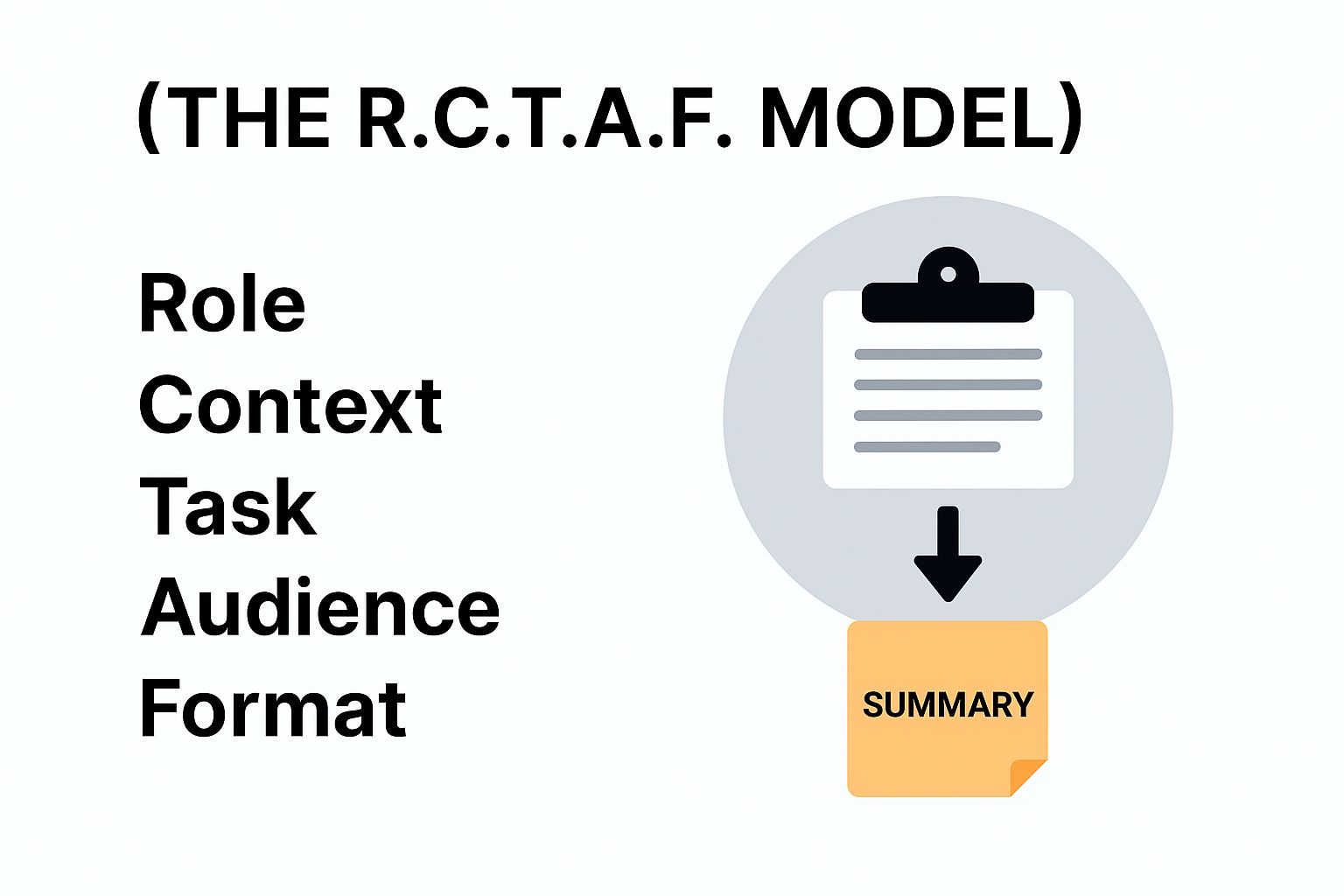
An effective prompt often includes the following components:
Role: Assign a specific persona to the AI. Who should it act as?
Context: Provide background information, the current situation, and the ultimate goal.
Task: Describe precisely, step-by-step, what you want the AI to do.
Audience: Who is this output for? Customers, your boss, or partners?
Format: Request the desired output structure (e.g., bullet points, a table, JSON, an email).
Example:
Instead of writing a simple prompt like: "Write me an ad for a new coffee shop."
Try a detailed, structured prompt:

Role: You are a marketing expert with 10 years of experience in the high-end F&B industry, specializing in branding for specialty coffee shops.
Context: I am about to launch a coffee shop named "The Saigon Brew" in District 1, Ho Chi Minh City. The shop focuses on handcrafted coffee (pour-over, cold brew) and has a quiet, elegant atmosphere ideal for office workers and expatriates to work from. The price point is about 20% higher than the local average.
Task: Write a Facebook fan page post to announce the grand opening week. The post needs to create curiosity, emphasize the quality of our imported Arabica beans, and highlight the unique workspace. The call to action is "Visit us during our opening week to receive a 15% discount on your first coffee."
Audience: Coffee connoisseurs, office workers (aged 25-40), and expatriates living in Ho Chi Minh City who appreciate quality and are willing to pay for a premium experience.
Format: A catchy headline (under 10 words), a main body of about 150 words divided into 2-3 short paragraphs, and a clear call to action at the end. Use 3-4 appropriate emojis.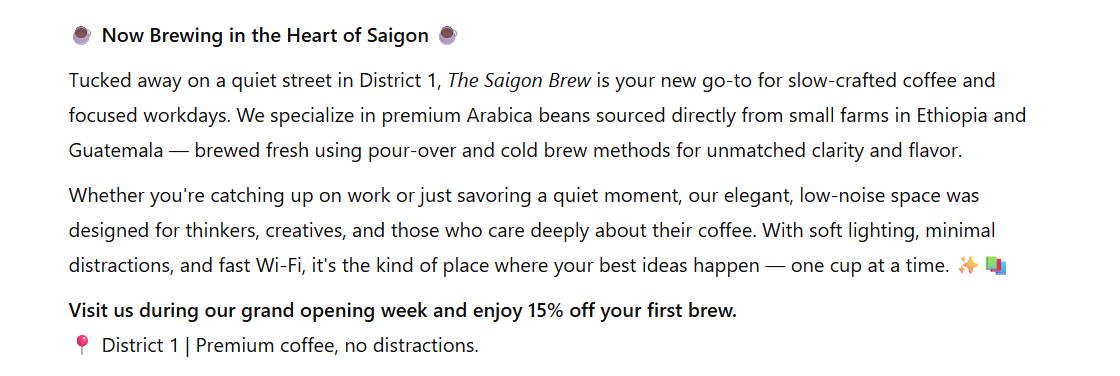
2. Role-Based Prompting
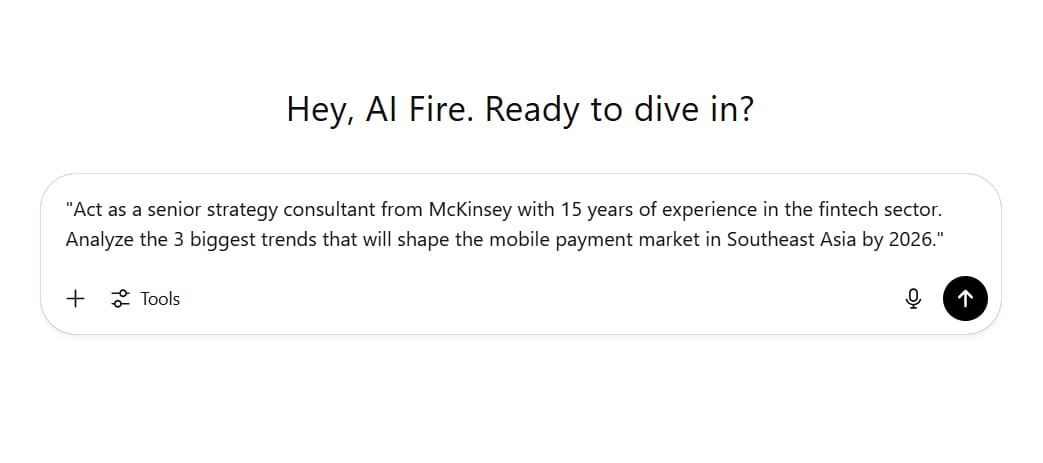
This is an incredibly powerful technique. By asking the AI to adopt a specific role, you are shaping its entire "personality," knowledge base, and style. For instance, you could instruct the AI: "Act as a senior strategy consultant from McKinsey with 15 years of experience in the fintech sector. Analyze the 3 biggest trends that will shape the mobile payment market in Southeast Asia by 2026." Instantly, you gain access to valuable strategic analysis without paying thousands of dollars in consulting fees.
Learn How to Make AI Work For You!
Transform your AI skills with the AI Fire Academy Premium Plan - FREE for 14 days! Gain instant access to 500+ AI workflows, advanced tutorials, exclusive case studies and unbeatable discounts. No risks, cancel anytime.
3. Example-Based / Few-Shot Training
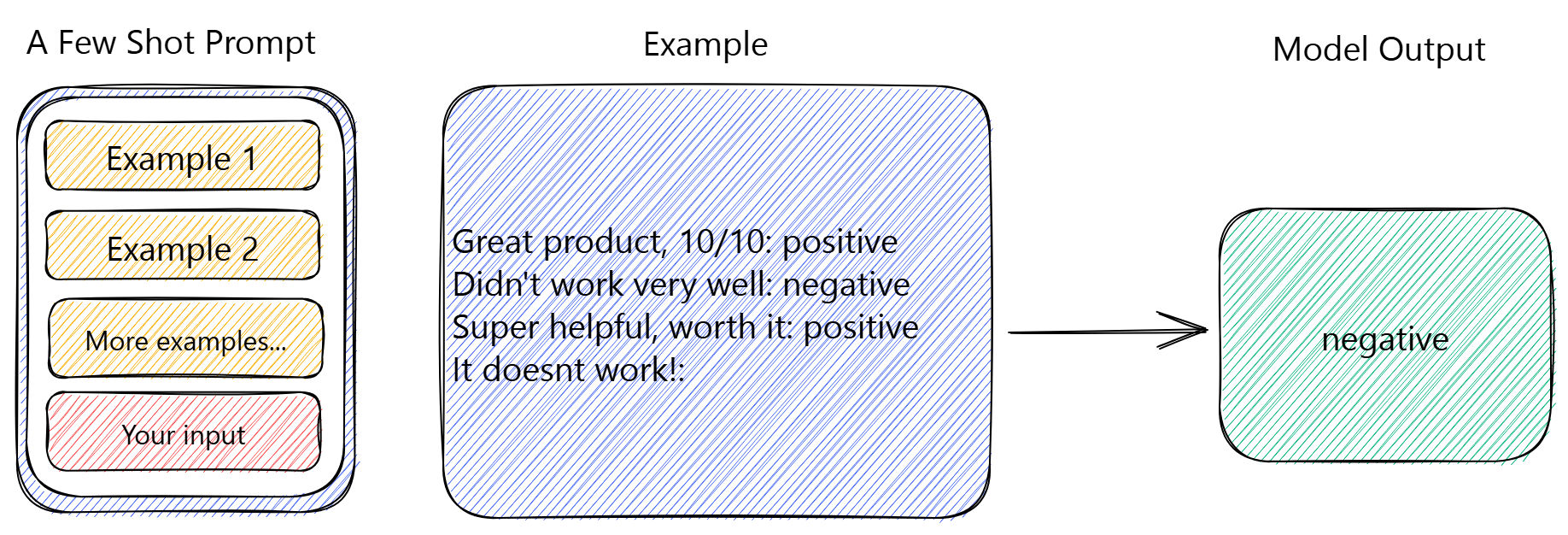
Instead of trying to explain the style you want at length, just show the AI 2-3 perfect examples. This is called "few-shot prompting." If you want the AI to write marketing emails in the style of a specific brand, provide it with a few sample emails you love. You can even paste content from articles by industry influencers you admire and ask the AI to learn that voice.
4. Chain Of Thought Prompting
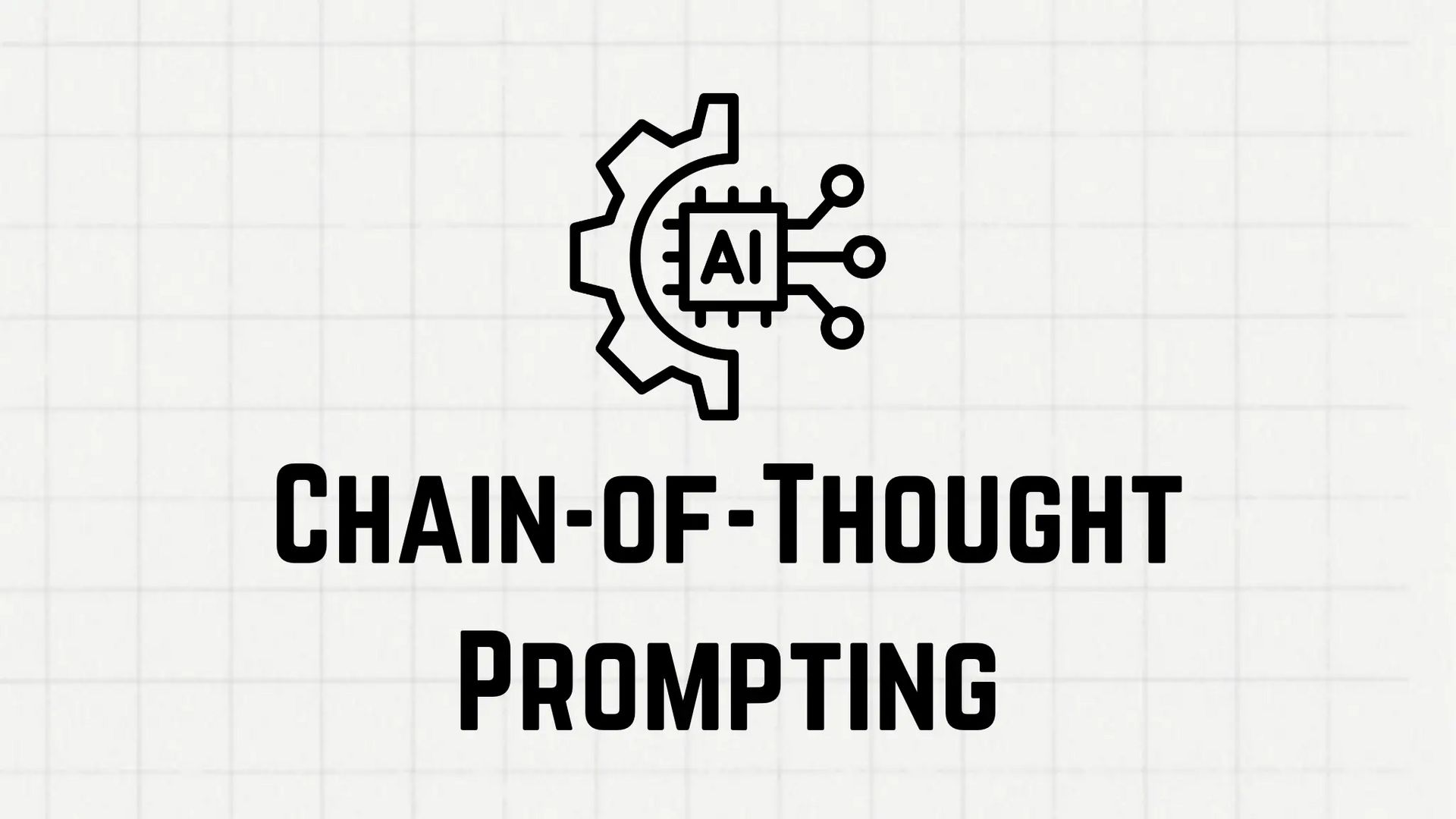
For complex tasks, don't ask the AI for the final answer immediately. Instead, instruct it to "think step-by-step." Break the problem down into logical stages. This technique is especially effective for business planning. You could ask:
Analyze the market demand for product [X].
Identify the main customer segments and the gaps they are currently experiencing.
Evaluate the difficulty of building and launching this product on a scale of 1 to 10.
Estimate the potential revenue for the first year.
Based on the analysis above, create a startup plan for the first 6 months.
By doing this, you force the AI to think logically and structurally, producing a much more comprehensive and reliable result.
Skill #2: AI Automation
The Value Of "Buying Back" Time

Slack's Workforce Lab published a thought-provoking statistic: office workers spend about 40% of their time on low-value, repetitive tasks. That's nearly two full workdays every week wasted on data entry, sending template emails, updating spreadsheets, and other manual chores.
AI automation allows you to build intelligent systems that handle these tasks automatically, 24/7, without fatigue or error. It frees up human time and energy to focus on what truly matters: strategy, creativity, and customer development.
Tools To Begin Your Automation Journey
1. Zapier

Think of Zapier as the perfect "training wheels" for beginners. It's extremely user-friendly and connects over 6,000 different applications. Its logic is simple: you pick a Trigger (e.g., "When someone fills out the contact form on my website") and an Action (e.g., "Automatically add them to my Mailchimp list and send a Slack message to the sales team").
2. Make.com
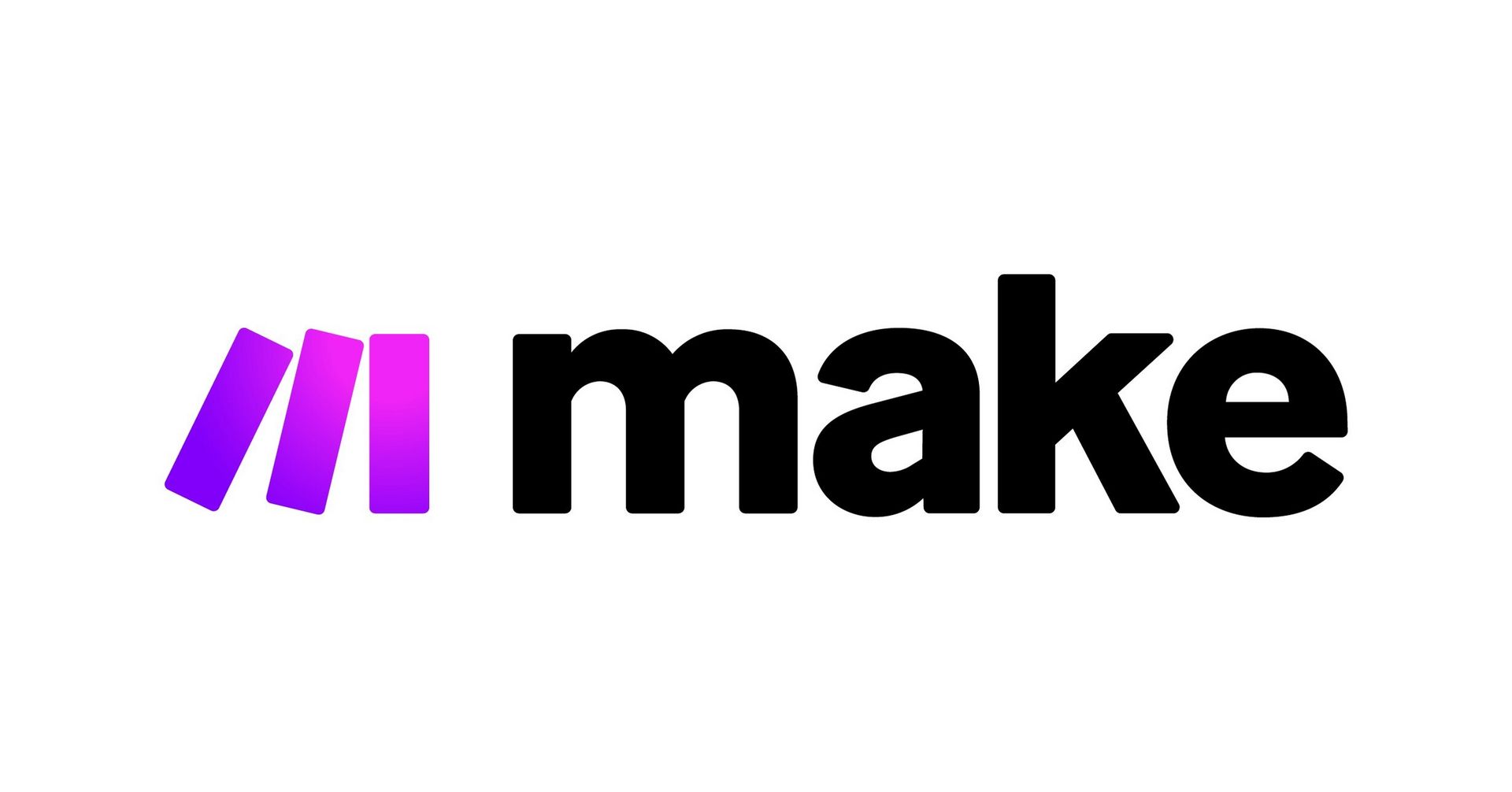
When you're ready for more complex workflows, Make.com (formerly Integromat) is the next step. Make allows you to create intelligent "decision trees" and workflows with multiple branches.
Example for a home repair business:
Trigger: A job is marked "Completed" in the management system.
Action 1: Automatically send a thank-you SMS to the customer with a link to review the service.
Delay: Wait for 3 days.
Router:
If: The customer has not left a review -> Send a friendly follow-up email.
If: The customer leaves a 5-star review -> Automatically send a 10% discount code for their next service.
If: The customer leaves a review below 3 stars -> Create a support ticket in the system and notify a manager to contact them and resolve the issue.
3. N8N.io
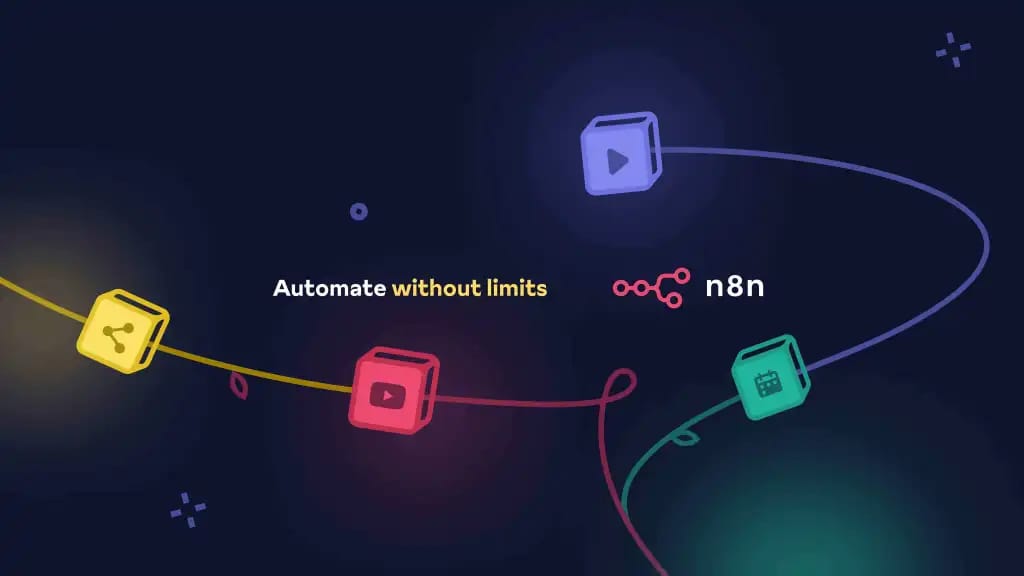
This is a powerful, open-source option that offers unlimited customization. If you have highly specific needs that other platforms can't meet, or if you want full control over your data and workflows, n8n is an excellent tool.
The Path To Becoming A Sought-After Automation Expert
The biggest mistake beginners make is trying to offer automation services to everyone. The smarter, more profitable approach is to become an expert in a specific niche market.

Pick a Niche Industry: Focus on a single type of business (e.g., dental practices, law firms, real estate agencies, spas & beauty salons).
Deeply Research That Industry: Watch YouTube videos, read industry publications, and join Facebook groups for business owners in that field. Understand their language and their workflows.
Find Their "Pain Points": What problems keep them up at night? What manual tasks waste the most time for them and their staff? (e.g., appointment management, lead nurturing, review collection, end-of-month reporting).
Talk to Real Business Owners: Don't just guess. Reach out and ask them: "What is the most frustrating and time-consuming task you do every day?"
Build a Specialized Automation Solution: Create a "done-for-you" package tailored to that industry. For example, a "Patient Management Automation System for Dental Clinics."
When you specialize, you're no longer just selling automation services. You're selling a solution to specific business problems. That's why you can charge 3-5 times more than a generalist freelancer.
Skill #3: AI Development
Moving Beyond Using Tools

If prompt engineering and automation can help you earn over $100,000 a year, learning technical development skills opens the door to income levels of $200,000 - $300,000 and beyond. AI development means having enough technical knowledge to build custom applications that solve real business problems that off-the-shelf tools cannot.
Essential Development Skills
Learn Python: This is the most popular programming language in the AI world. The reason is that Python is relatively easy to learn and has a massive ecosystem of powerful libraries (like TensorFlow, PyTorch, Scikit-learn) that make building AI models much easier.

Understand AI APIs: An API (Application Programming Interface) acts like a messenger, allowing your application to "communicate" with and use the power of large AI models like OpenAI's GPT-4 or Anthropic's Claude. Instead of manually visiting the ChatGPT website and pasting text, you can integrate its capabilities directly into a custom application, such as a tool that automatically generates product descriptions for an e-commerce site.
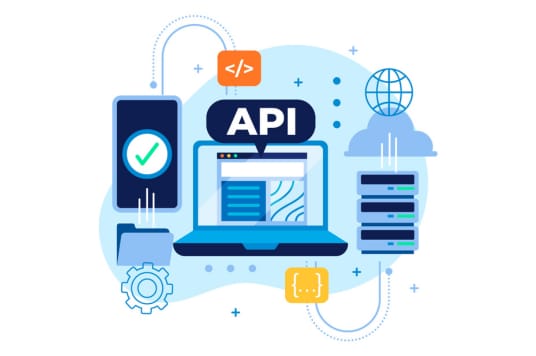
Master Data Handling: This is the unglamorous but critically important part. Most businesses have a lot of data (customers, sales, operations), but it's often messy and unstructured. The skill of cleaning, organizing, and feeding business data into AI systems correctly is extremely valuable. The "garbage in, garbage out" principle is always true in AI.
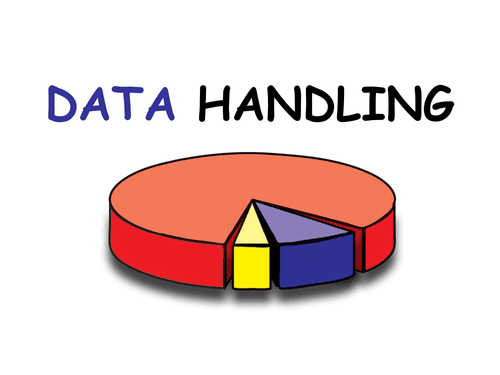
A Practical Learning Approach
The best way to learn AI development is through real-world projects.
Start with a personal project: Build a simple tool for yourself. For example, a small application that uses AI to categorize your personal expenses, or a tool that summarizes articles you want to read.

Join platforms like Kaggle: This is a data science and machine learning community where companies post real business problems and datasets, challenging the community to find AI solutions. By participating in these competitions, you not only practice on real problems but also learn from the approaches of the best AI developers in the world.
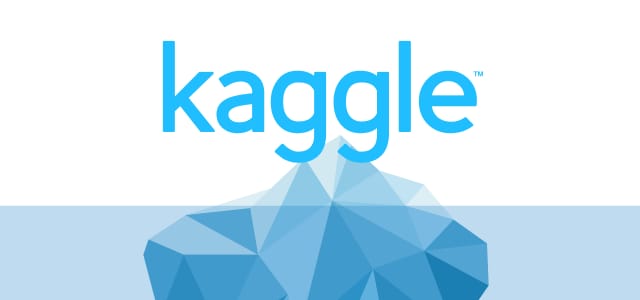
Skill #4: AI Data Analysis
Turning Data Into Diamonds

Most businesses are sitting on a "gold mine" of data (sales history, web traffic, customer information, user behavior) but are only scratching the surface.
Traditional data analysis tells you what happened (e.g., "Sales last month decreased by 5%").
AI-powered data analysis tells you what will happen (predictive) and what you should do (prescriptive) (e.g., "Based on trends, sales next month will likely continue to drop by 7%. We recommend running a discount campaign targeting customer group X, who have the highest probability of churning.").
The Power Of AI Analysis

Even a small business generates thousands of data points every day across multiple systems (website, CRM, accounting software, social media). The human brain cannot possibly process and find correlations among all of them. AI can simultaneously analyze every data point, identifying complex patterns and relationships that are impossible for humans to detect. For example, AI might discover that blog posts on topic Y published on Tuesday mornings consistently lead to the highest purchase rate for product Z two weeks later.
How to Get Started?
Learn SQL (Structured Query Language): This is the language used to "ask questions" of a database. Since nearly all business information is stored in databases, SQL is the fundamental skill you need to extract data and get answers. It's relatively simple and close to natural language.
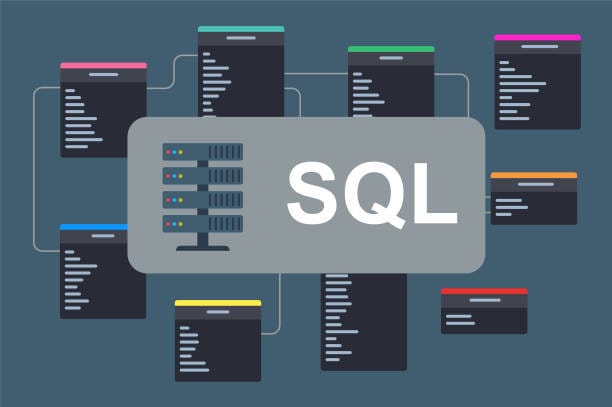
Use AI-Integrated Tools: Platforms like Tableau and Microsoft Power BI are increasingly integrating AI features, allowing you to create forecasts and deep analyses without needing to write complex code.

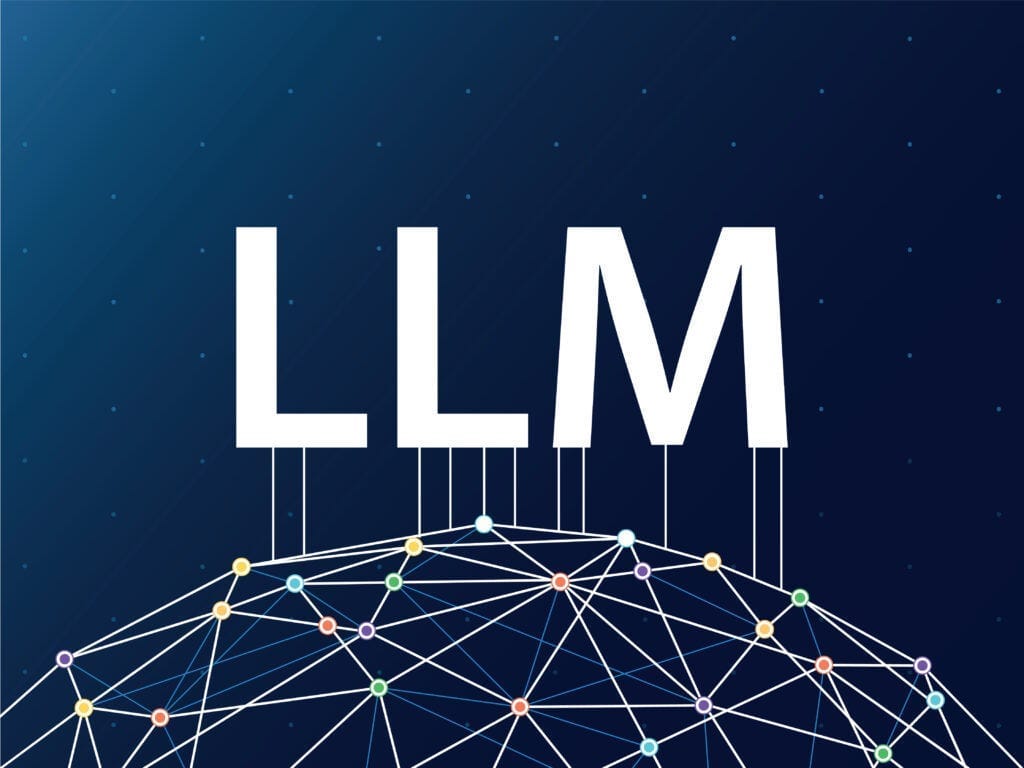
An AI data analyst can help a business optimize pricing, forecast inventory needs, identify the most profitable customer segments, and personalize marketing experiences - all of which lead directly to revenue growth.
Skill #5: AI Copywriting
Words That Sell

Every single business, without exception, needs effective copy: for its website, email marketing, social media posts, video scripts, and ads. Copywriting is the art and science of using words to persuade a reader to take a specific action (buy, subscribe, etc.).
AI copywriting tools, from the accessible ChatGPT to more specialized platforms like Jasper or Copy.ai, can help generate high-quality content at incredible speed.
The Irresistible Value Proposition

Better copy has a direct impact on revenue. Consider this example: you're hosting a sales webinar.
Old Script: Manages to keep 20% of the audience engaged until the sales pitch.
New Script (Optimized by AI): Keeps 80% of the audience engaged.
Assuming your conversion rate is 10%, with the new script, you would make four times the revenue from the same initial number of attendees. This is the power of effective copywriting, and AI is making it more accessible than ever.
Advanced Techniques

Don't just ask the AI to "write an ad." You can train it to write in a specific voice and incorporate persuasion techniques from the world's best copywriters.
Create a "Brand Voice Document": Create a detailed document that outlines your brand mission, target customer personas, tone of voice (e.g., professional, witty, empathetic), specific jargon to use/avoid, and most importantly, examples of good and bad copy.
Train the AI with this document: Paste this entire document into the context of your prompt.
Give the command: "Act as a professional copywriter who has memorized this entire brand voice document. Now, write 5 email subject lines for our upcoming summer sale, targeting customers in Persona Group A."
By doing this, you turn the AI into an "in-house" copywriter that deeply understands your brand.
Skill #6: AI-Assisted Software Development
Breaking Down The Programming Barrier

For decades, building software required years of programming knowledge or hiring expensive developers. This barrier prevented countless great business ideas from becoming a reality.
Now, a revolution is underway. Tools like GitHub Copilot (which acts as an intelligent pair programmer, suggesting code right inside your editor) and platforms like Replit allow you to build functional software just by describing what you want in a detailed natural language prompt. Even no-code platforms like Bubble are integrating AI to help users build complex applications without writing a single line of code.
Creating Exclusive Custom Solutions
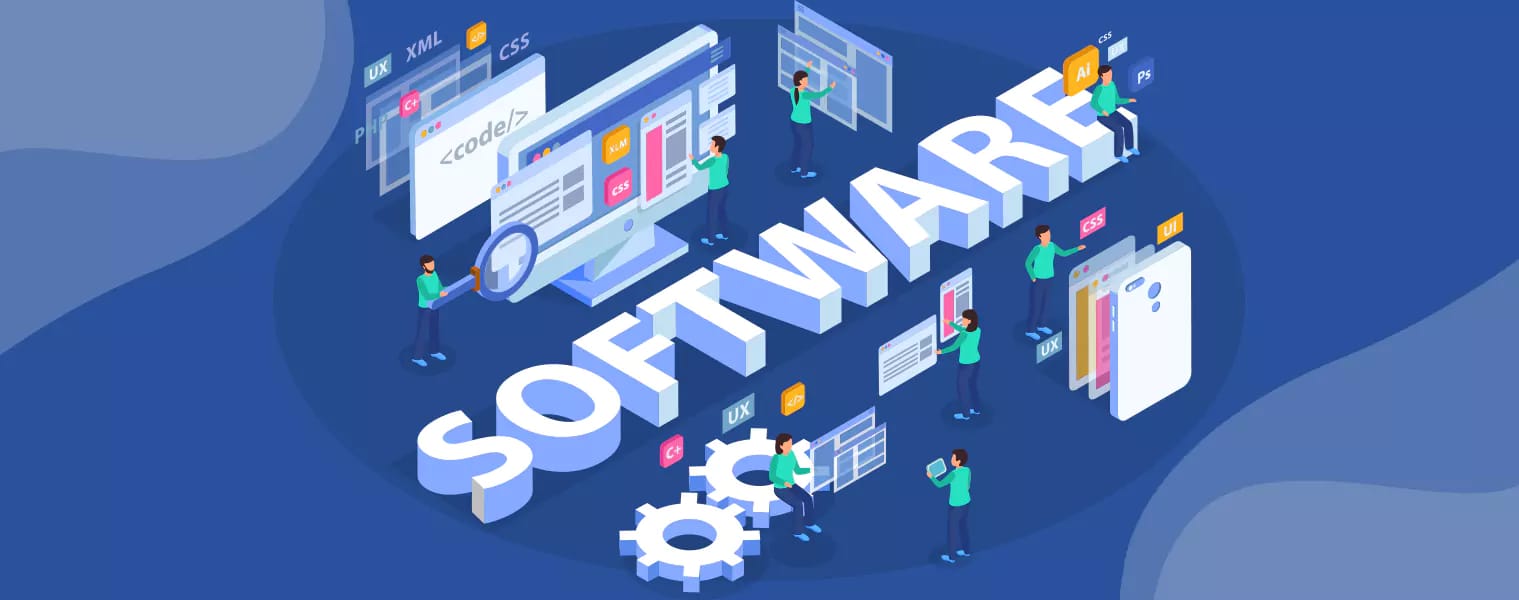
This skill becomes especially valuable when combined with niche expertise. For example, if you understand the unique challenges of a local construction contractor (e.g., their quoting process is time-consuming and often inaccurate), you could build them a custom quoting tool. This tool could account for their specific material pricing structures, hourly labor costs, and other variables unique to their business.
This is the transformation from being a freelancer who charges $3,000 for a project to a solutions provider who charges $15,000 for an exclusive solution, because no one else can provide exactly what they need. Furthermore, you could turn this tool into a SaaS (Software as a Service) product and sell it to hundreds of other contractors for a monthly subscription fee.
Skill #7: AI Design
Professional Visuals On Demand

Every business needs professional design: logos, brand identities, websites, ad creatives, social media posts, and more. In the past, this process was expensive (thousands of dollars) and time-consuming (weeks of back-and-forth with designers).
AI has eliminated this barrier. You can now create professional-quality visual assets in minutes.
Practical Applications And Leading Tools
Image and Illustration Generation: Tools like Midjourney, Stable Diffusion, and DALL-E 3 (integrated into ChatGPT Plus) can generate photorealistic images or artwork in any style from a text description. You no longer need expensive photoshoots.

Brand and Marketing Design: Canva has integrated an AI suite called "Magic Studio," which helps you quickly create thumbnails, social media posts, and even short videos.

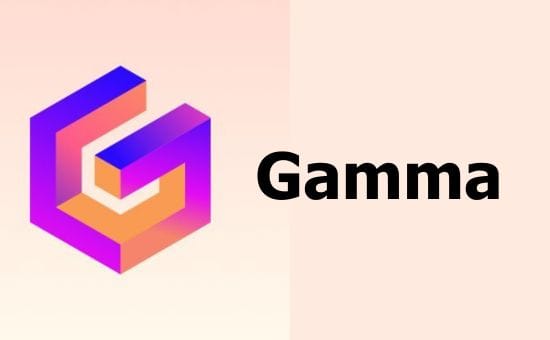
Mastering these tools allows you to offer design services that are faster, cheaper, and sometimes even more creative than traditional methods, or to handle all of your own business's design needs yourself.
Conclusion: The Window Of Opportunity Is Wide Open
Let's pause for a moment and reflect. The seven skills we just discussed - prompt engineering, automation, development, data analysis, copywriting, software development, and design - used to be seven separate jobs, each requiring years of training and expensive teams. Just ten years ago, to start a business, you might have needed to hire a developer, a designer, a copywriter, a data analyst, and an operations specialist - easily $200,000 in salaries or $50,000 in freelance costs.
Today, one person with the right AI skills can fulfill all of these roles.
The barrier between having a business idea and actually building that business has never been lower. You don't need massive savings, angel investors, or a large team before you make your first sale.
But this window of opportunity will not stay open forever. Most businesses are still scrambling to figure out how to apply these tools. Most beginners still think they need huge resources. The people who learn and master these skills now, while the majority is still playing catch-up, will have an enormous competitive advantage.
You don't need to master all seven skills. Even learning one or two in-depth, especially when combined with a smart business model, can take you very far. The tools exist, and the opportunities are everywhere. The only question is whether you will seize them before everyone else figures them out.
Remember: These skills are not just about playing with technology. They are about solving real business problems and creating real value. When you can do that, the money will naturally follow.
If you are interested in other topics and how AI is transforming different aspects of our lives or even in making money using AI with more detailed, step-by-step guidance, you can find our other articles here:
The Secret AI System For Endless Viral Videos (Yes, Really!)*
Is The Front End Dead? AI & MCP Are Making It History!*
*indicates a premium content, if any
How useful was this AI tool article for you? 💻Let us know how this article on AI tools helped with your work or learning. Your feedback helps us improve! |
Reply